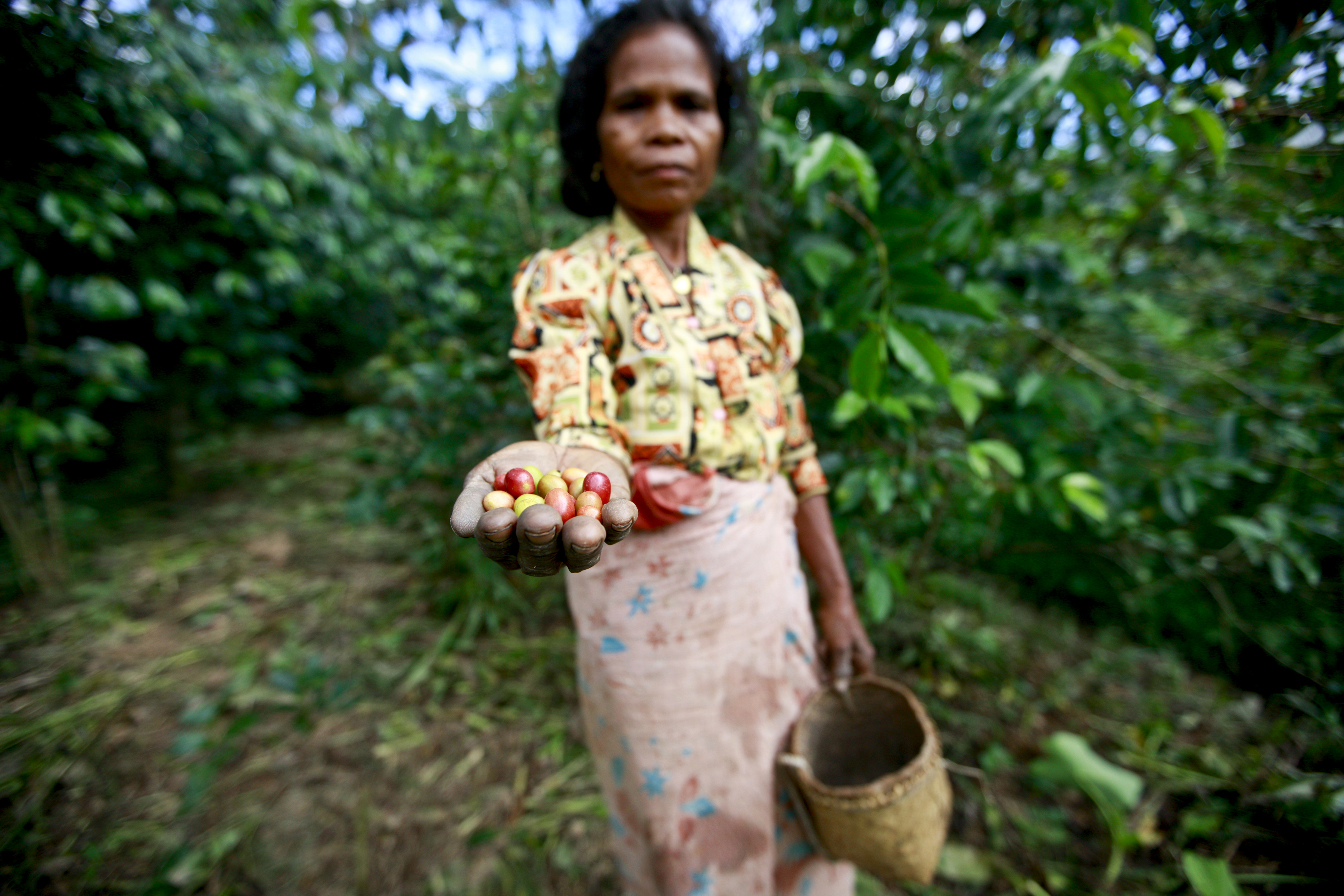Women and Biodiversity Feed the World, Not Corporations and GMOs
The two great ecological challenges of our times are biodiversity erosion and climate change. And both are interconnected, in their causes and their solutions.
Industrial agiculture is the biggest contributor to biodiversity erosion as well as to climate change. According to the United Nations, 93% of all plant variety has disappeared over the last 80 years.
Monocultures based on chemical inputs do not merely destroy plant biodiversity, they have destroyed soil biodiversity, which leads to the emergence of pathogens, new diseases, and more chemical use.
Our study of soils in the Bt cotton regions of Vidharba showed a dramatic decline in beneficial soil organisms. In many regions with intensive use of pesticides and GMOs, bees and butterflies are disappearing. There are no pollinators on Bt cotton plants, whereas the population of pollinators in Navdanya’s biodiversity conservation farm in Doon Valley is six times more than in the neighbouring forest. The UNEP has calculated the contribution of pollinators to be $200 billion annually. Industrial agriculture also kills aquatic and marine life by creating dead zones due to fertilizer run off. Pesticides are also killing or damaging aquatic life.

